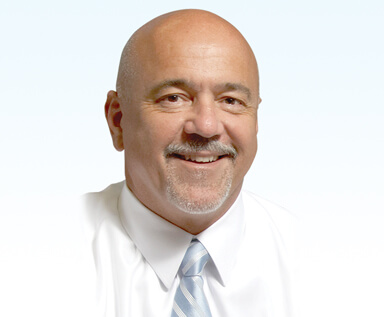Honest, Empathetic Rapport Builds Patient Trust
- By Patrick M. Schmidt
 AT ITS CORE, quality care revolves around trust. Patients entrust sensitive health information to providers, and providers rely on patient honesty to guide clinical decisions. Without two-way trust, communication breaks down and outcomes decline. But many things disrupt this crucial component of healthcare, including misinformation and patients’ own fears. When patients don’t know who or what to believe, they feel unsafe.
AT ITS CORE, quality care revolves around trust. Patients entrust sensitive health information to providers, and providers rely on patient honesty to guide clinical decisions. Without two-way trust, communication breaks down and outcomes decline. But many things disrupt this crucial component of healthcare, including misinformation and patients’ own fears. When patients don’t know who or what to believe, they feel unsafe.
The infodemic of medical misinformation continues to be a problem, and helping patients maneuver through it remains a top priority for healthcare professionals. In fact, doctors are best positioned to educate the public and rebuild patient confidence in healthcare. Our article “Navigating the Medical Misinformation Age” discusses how misleading, incomplete or incorrect medical information leads people to make dangerous decisions about their health, ultimately putting their lives in jeopardy. We also share best practices for healthcare providers to diplomatically teach patients how to identify false information and how to respond when patients believe something untrue.
With so much conflicting information out there, it’s no wonder fear often gets the best of patients. However, as we explore in “Decatastrophizing Patient Fears,” misinformation is not the only thing that causes patients to experience anxiety. Patients want to know the truth, but they also want healthcare providers to deliver truth in a way that makes patients feel human. When delivered in a cold, detached manner, essential health information and difficult health news can leave patients feeling dehumanized. Ultimately, patients are afraid of losing control and their sense of self, so we share strategies for healthcare professionals to help preserve both with the ultimate goal of making patients feel seen and safe.
Patients entrust healthcare professionals with more than their private health information: They also entrust healthcare facilities with a slew of medical records, personal information, insurance and financial data. Private, protected health information and administrative data used in the day-to-day operations of healthcare facilities are valuable — and therefore vulnerable to cyberattacks. Protecting against electronic invasions is crucial for all healthcare facilities, but poses a bigger challenge to small practices. Our Healthcare Management column titled “Creating a Cybersecurity and Incidence Response Strategy for Small Offices,” discusses cybersecurity and how small offices can and should learn about ways to ensure their digital security needs are met
As always, we hope you enjoy the additional articles in this issue of BioSupply Trends Quarterly, and find them both relevant and helpful to your practice.
Helping Healthcare Care,

Patrick M. Schmidt
Publisher
